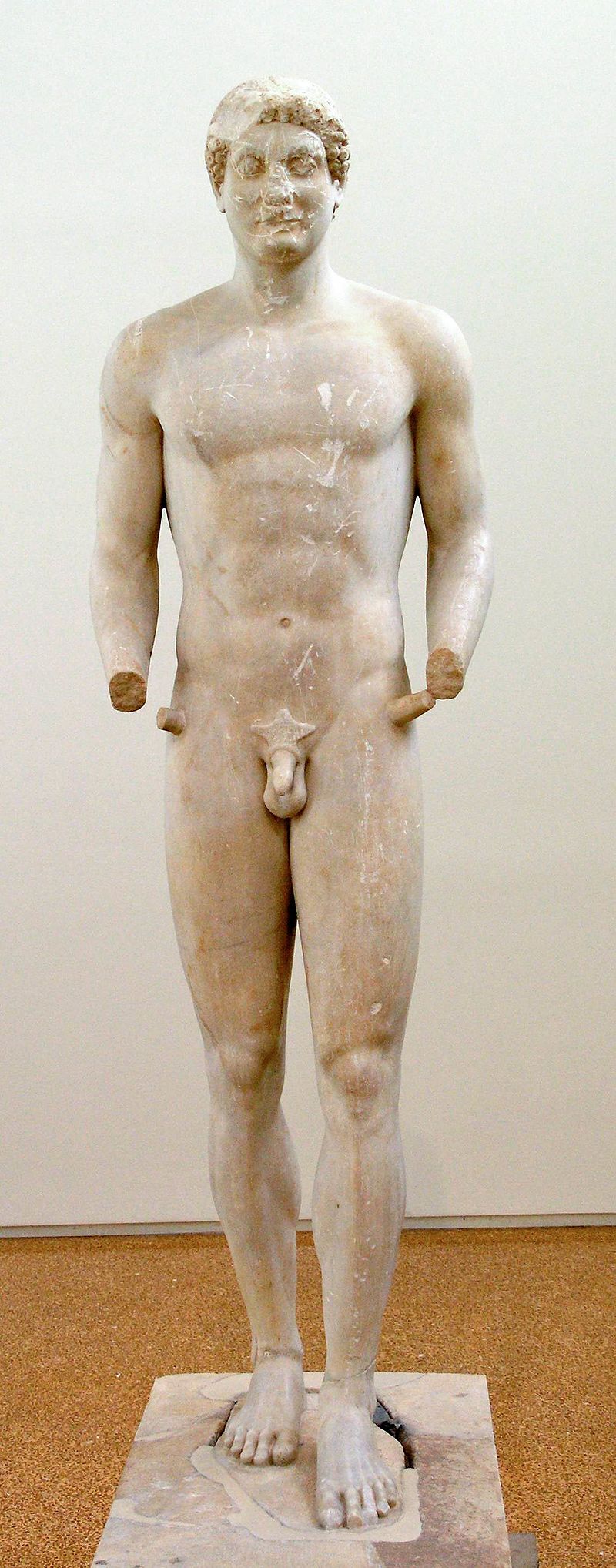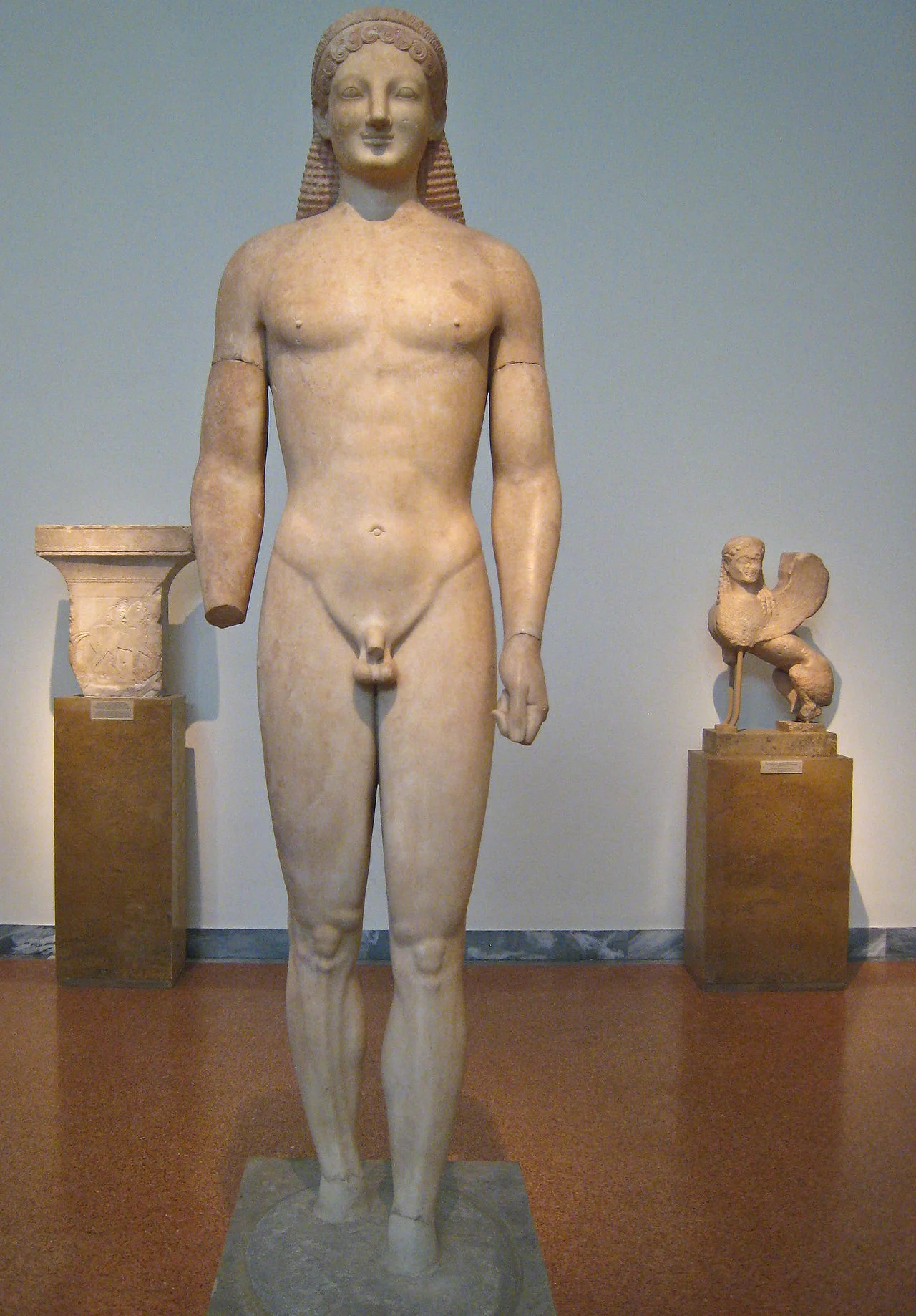Pseudoithyphallic Iconography
At whatever point the representation of male genitalia became taboo - which must have been sometime after the Pashupati or Proto-Siva seal was first carved - artists apparently continued to need to include the penis in art in clandestine ways - it would seem to me primarily for its symbolism of unconquerable, autonomous male power.
While I was living in Florence, Italy, in 2013, I noticed a pattern of what I termed pseudoithyphallicism among many of the statues perched throughout the Renaissance city - especially those located in the Piazza della Signoria outside the Palazzo Vecchio. The word ithyphallic is derived from ithus meaning 'straight', and phallos meaning 'phallus', or obviously 'penis'. Ithyphallic means "having an erect penis", hence my term pseudoithyphallic denotes "having a false erect penis".
This may seem like a stretch borne of a dirty mind, but before you cast the first stone, observe the following images with an open mind - and you might be surprised:
Here's a pseudoithyphallic Egyptianate statue based on the kouros archetype. I have never seen an original Ancient Greek kouros displaying a scroll in its hand the way that the presumably 18th or early-19th century statue below does. To me this suggests an ulterior motive for carving it as such - perhaps a pseudoithyphallicist motive?
Compare the above Egyptomania statue with the images below of original Ancient Greek kouroi. Even the later, more naturalistic examples appear to retain two fists, or arms raised up higher than would facilitate the composition of pseudoithyphallicism.
There will be countless examples of this phenomenon scattered throughout the Western world, and elsewhere. If you would like to contribute images showing further examples of this motif in art, please email them to jw@jessewaugh.com and I will post them here.












